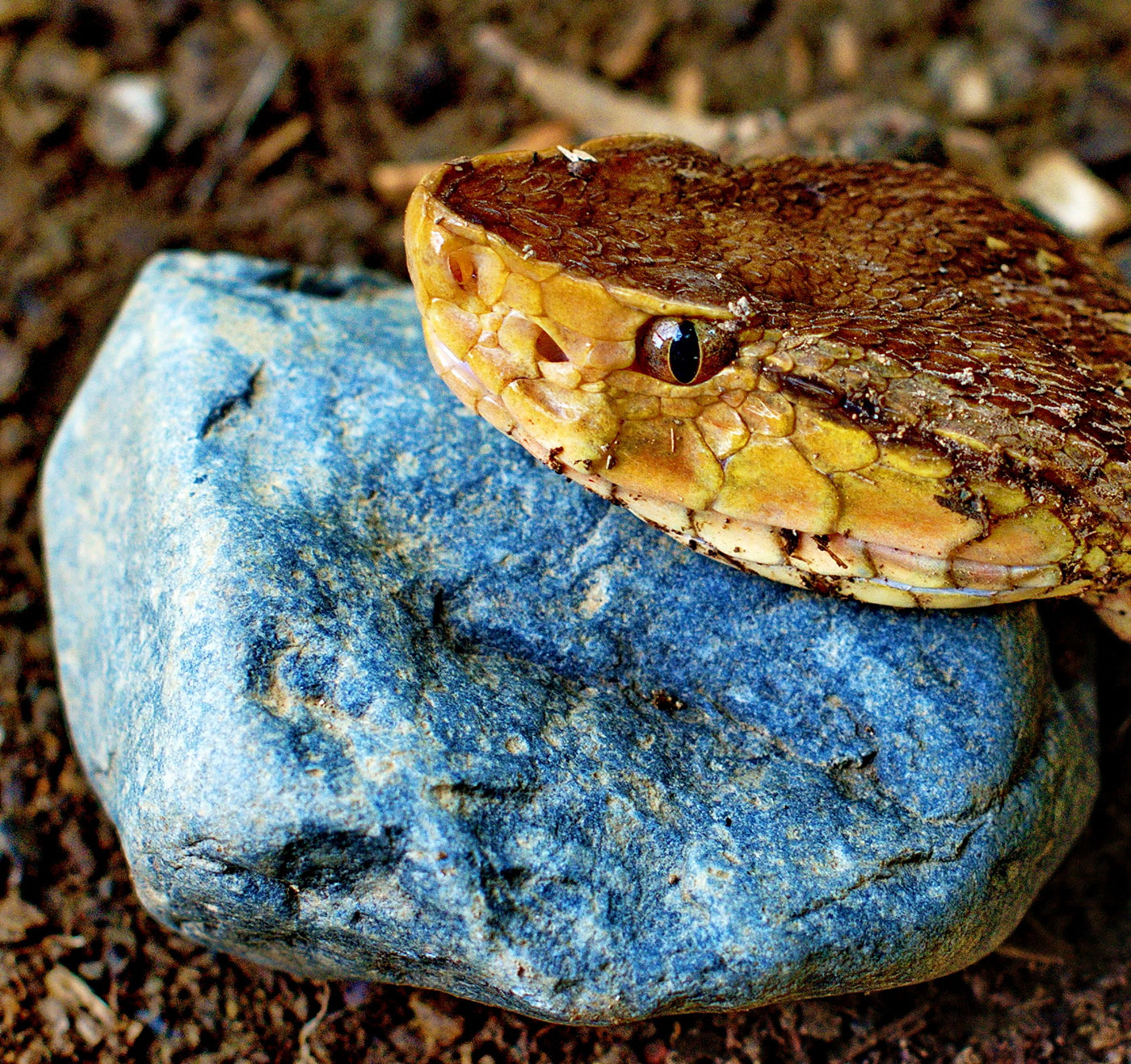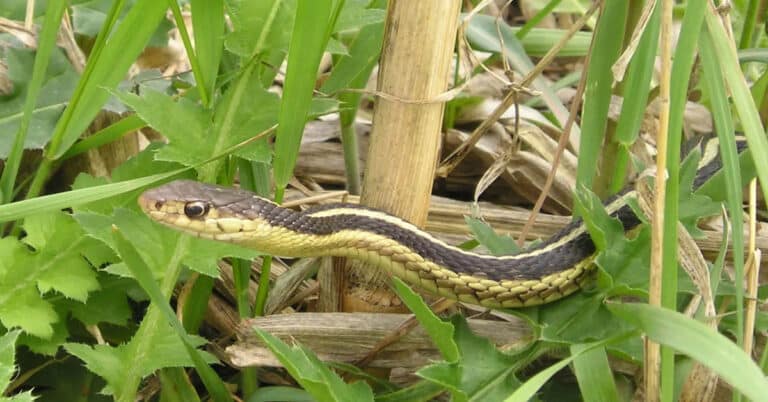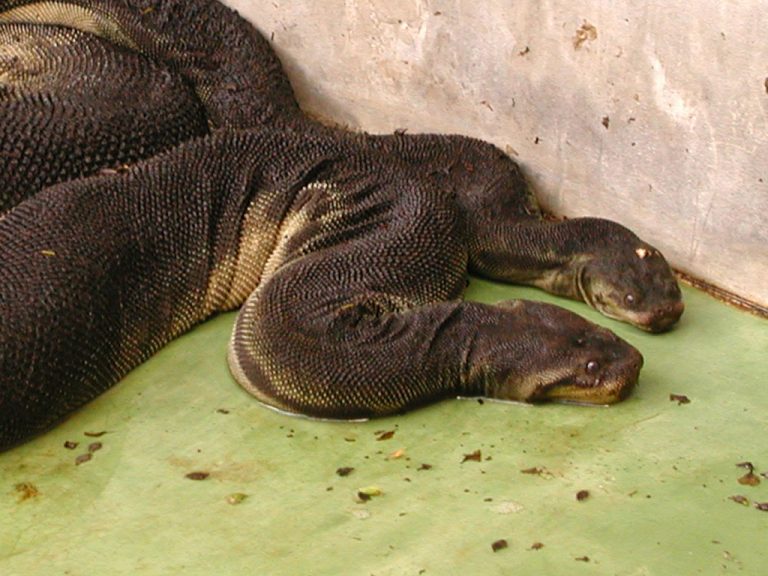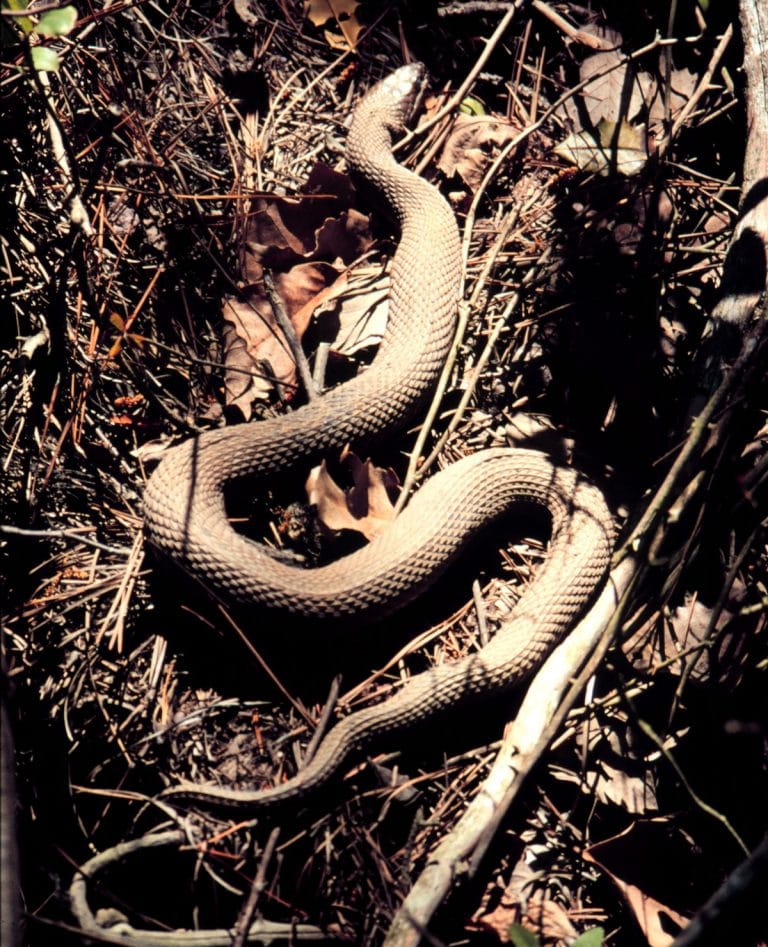Bothrops Asper

Scientific Classification
| Kingdom: | Animalia |
| Phylum: | Chordata |
| Subphylum: | Vertebrata |
| Class: | Reptilia |
| Order: | Squamata |
| Suborder: | Serpentes |
| Family: | Viperidae |
| Subfamily: | Crotalinae |
| Genus: | Bothrops |
| Species: | B. asper |
| Binomial name: | Bothrops asper |
Bothrops Asper is the name of a highly venomous pit viper species commonly found in regions ranging from Southern Mexico to northern parts of South America. Some people call Aspers the ultimate pit vipers. These snakes are mostly lowland inhabitants. You often find near human settlements. Consequently, these snakes are considered very dangerous to humans. These species are responsible for most of the snake bite incidents in their respective regions. The species have no recognized subspecies.

Anatomy
You can easily distinguish the Asper snakes by their flattened broad heads that are distinct from the body. The color of the head varies between light, dark brown and black.Some of the species sport distinct or indistinct occipital streaks or blotches. The underside is usually yellow. The colors and patterns on the dorsal and ventral sides vary; the colors on the ventral side can be cream, yellow or whitish gray. The dark blotches appear closer towards the posterior. They have interchanging gray scales in the ventrolateral regions. Laterally, we can see dark triangles with rather pale edges. They have paravertebral blotches on the interspaces. Some of the species exhibit zigzag lines, colored yellow, on either side of the body. The dorsal side exhibits a variety of colors that include light, dark brown, tan, gray, olive or even black. In drier regions, to prevent water loss, these snakes have more scales.
Behavior
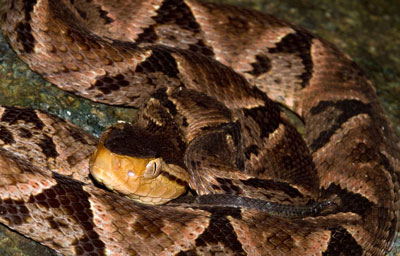
Aspers are a nocturnal (active during the night) species. They tend to keep a solitary life. They become less active during colder and drier periods. You can find them near streams and rivers, basking in the sunlight. At night, they lie still in leaf litter waiting to ambush prey that comes within range. They tend to become defensive when they feel threatened and respond with a classic S coiled threat display.
The temperament of these snakes is legendary. People fear them and have a healthy respect for them. Aspers have the ability to strike repeatedly from any position of the body. They can sense movement as well as heat. Aspers are very fast and agile. Its threat display is spectacular. When they are threatened, they vibrate their tails and expand the body to appear larger. Being shy, it they will usually try to escape when they feel threatened. The snake can be very dangerous when it is nervous.
Habitat
You can find the Aspers in the lowlands of the eastern regions of Mexico and Central America. They inhabit Belize, Costa Rica, Guatemala, Honduras, Nicaragua and Panama. In the northern regions of South America, you can find them in Venezuela, Ecuador and Colombia.
Aspers have a preference for moist environments. We can find them, normally in low or medium altitudes except the regions with very seasonal dry periods. We can find these snakes occasionally in the higher elevations as in Costa Rica’s Premontane forests, the cloud forests in Mexico and Guatemala, the wet forests of Ecuador and Colombia and in the Carribean’s Montane forests. While they typically inhabit rain and evergreen forests, they also occur in drier areas of deciduous (tropical) forests, pine savannas and thorn forests. You can find them, usually near streams, rivers and lakes. Compared to other pit vipers, their home range is less, averaging between 3.71 and 5.95 ha.
As a Pet
Breeding
Pre breeding conditions for Aspers are very simple. You just have to increase the humidity levels and adjust for comparatively lower temperatures. They attain sexual maturity at about one and a half years. The males are very promiscuous, mating many times with many females for many months. Females are live bearers. In the wild, they usually breed in March to May. They give birth to young ones in November to December. Breeding season varies depending on the locale. Aspers can have huge litters of up to hundred baby snakes, The average is about thirty.
Housing
These snakes have no complicated caging requirements. Being agile climbers, they love to bask in branches. You would do well to avoid clutter in the cages. You can use normal cycles in lighting. The daytime temperature should be around76 to 82 degrees F, with a drop up to 68 to 72 degrees F at night. These snakes tend to regurgitate when the temperatures are too high or too low. If you provide a basking spot, the snakes will use it. Use misting once a week. Increase the frequency during shedding time,
Lifespan
There is no proper record of its longevity in the wild, but Zookeepers indicate that they live approximately 15 to 21 years in captivity.
Food
The vast distribution of this snake accounts for a great range of food. The animal is strong, and coupled with its toxic venom and size, it is a great predator. The adult snakes feed on amphibians, reptiles, mammals, and aquatic crustaceans, but these are not exclusive foods of these snakes. The small ones feed on large insects and lizards.
Handling

The Bothrops Asper is a spectacular snake, but meant only for experienced keepers. The reputation of this snake as an unpredictable species with psychotic tendencies precedes it, but many feel that this is not entirely true. Keep away from it and it will remain silent, but you will see explosive action, even if you nudge it with a stick.
These snakes are indeed magnificent and they are comparatively easy to maintain. These reptiles are very agile and very dangerous. If you want to keep these species as pets, you would do well to get the services of a qualified keeper. You should have your own supply of anti-venom. Have emergency plans printed along with bite protocol, ready for use, if required.

Having discovered a fondness for insects while pursuing her degree in Biology, Randi Jones was quite bugged to know that people usually dismissed these little creatures as “creepy-crawlies”.

